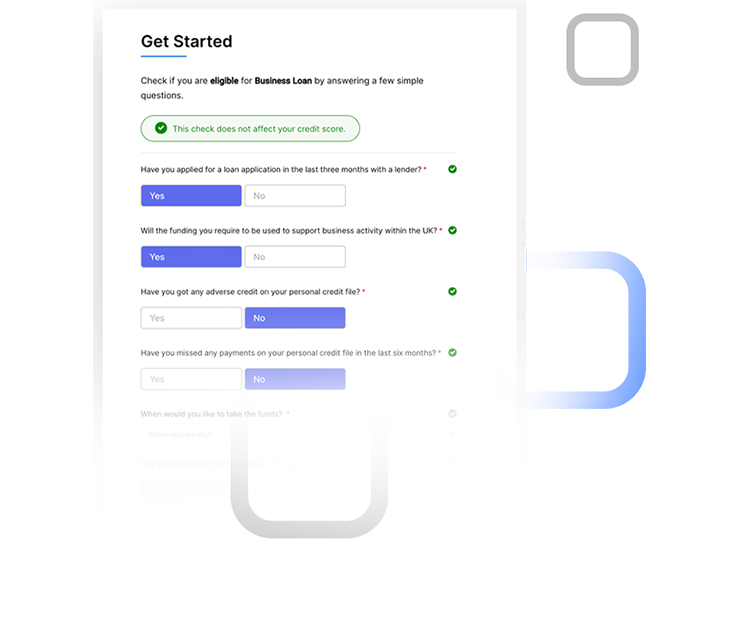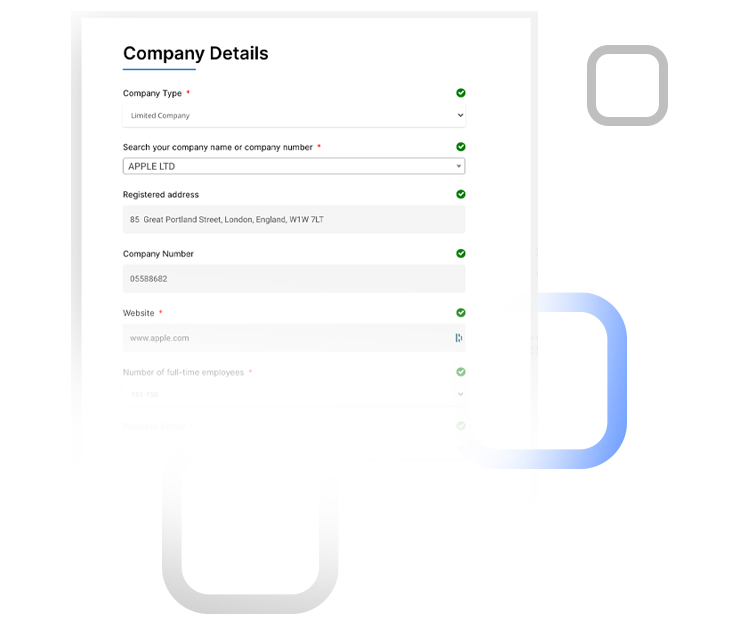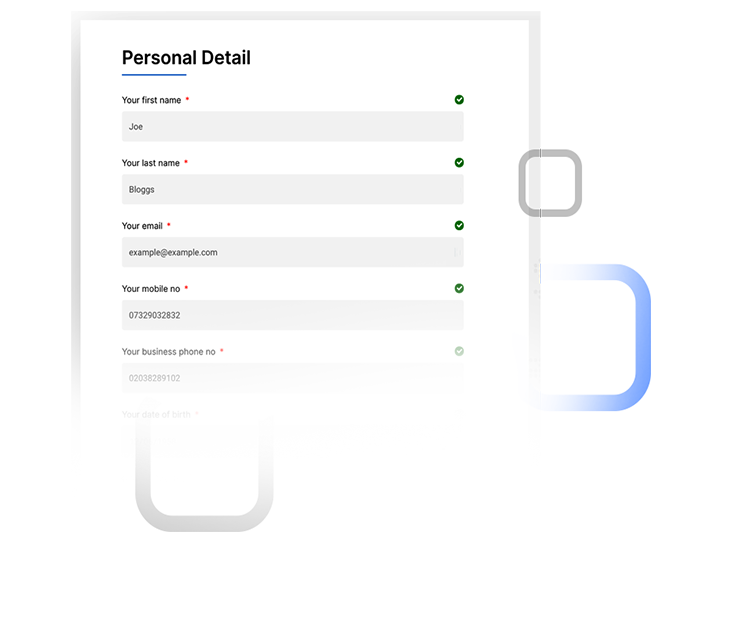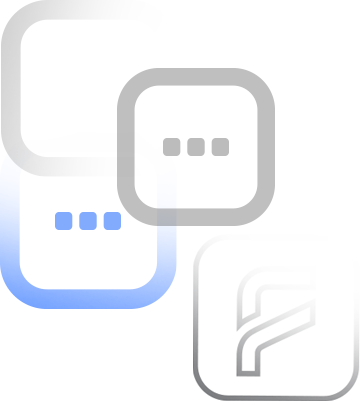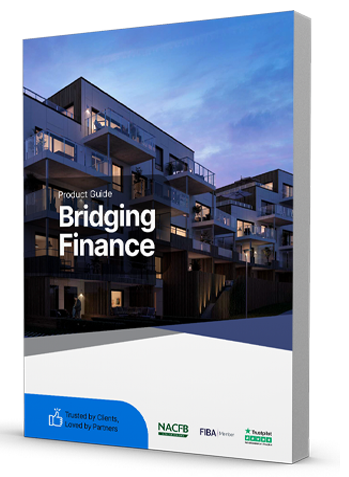Lines of credit (LOCs) are preset borrowing limits that can be used whenever. The borrower can take money out as it is required until the limit is reached. As the money is repaid, in the case of an open line of credit it can be borrowed again.
LOCs are arrangements between a financial institution and a client that sets the maximum loan amount a customer can borrow. Borrowers can access funds from the line of credit at any time as long as they never go over the credit line’s maximum amount. Any other requirements like making timely payments of a certain minimum amount also have to be met.

